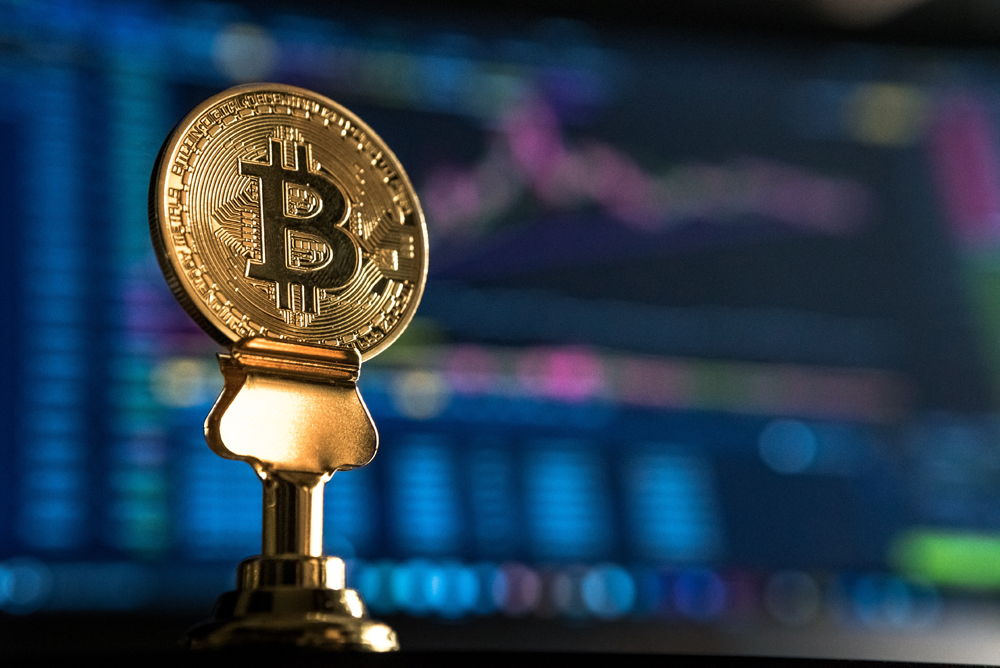What Is Bitcoin And Does It Still Matter?
If you’ve been anywhere near a television, Twitter, or Reddit in the last month or so, you’ve probably come across legions of stricken crypto-investors. Facing the near cataclysmic collapse of Bitcoin prices, many have chosen to HODL (and hopefully their pseudo-retirement plans weren’t based on second mortgages or pawned family heirlooms.)
But despite the bitpocalpyse, it’s not the end of the crypto world. It’s not even the end of the crypto concept. That’s because both the mandate and the goal of cryptocurrencies is still valid. So, does bitcoin still matter? Even if bitcoin never climbs back to its December 2017 peak (and John McAfee is never forced to eat his own genitals on live television), it’s unlikely that bitcoin’s day has come.
But before we rush to prognostications of doom, let’s retrace bitcoin’s origin story.
Where did bitcoin come from?
The most famous of the cryptocurrencies, bitcoin has become something of a face for the new wave of technology. So much so that many outside the chamber confuse the coin itself with its underlying principle, the blockchain.
First launched in 2009 by the mysterious and still-anonymous Satoshi Nakamoto (Twitter rumors circulate daily), bitcoin was designed as the world’s first decentralized digital currency. Using a peer-to-peer network, bitcoin was designed to cut out the middleman.
Instead of relying on a credit card, a bank, and a national government backing a fiat currency, the idea behind bitcoin is that a distributed ledger, or blockchain, will record every transaction publicly, in a way that is unalterable. Thus, a system where trust is no longer required.
In the case of bitcoin, removing the middleman did not actually mean removing the fees (your credit card also charges a fee, remember, which is usually paid by the merchant). In fact, as bitcoin’s value rose the fees also climbed. By December 2017, they had peaked at between $20 and $30 a transaction – enough to put a serious kink in the concept of bitcoin as a new currency.
This is only one of the many problems that bitcoin has encountered as a means of buying goods or services. It’s ponderously slow. And of course, its price fluctuates wildly, and nobody seems to know why (or where it will go next).
Bitcoin’s price crashes.
On January 1, 2017, the price of bitcoin was a few dollars shy of $1,000 USD. This represented a strong growth since its inception, but the fun had yet to truly begin. The price of bitcoin climbed steadily through the year, and by the middle of December 2017 it reached almost $20,000 per coin.
That’s a 1,800% growth. To put it another way, every $100 invested in January was worth almost $2,000 twelve months later. If you’d had the foresight to invest $10,000, by the end of the year you would now be worth almost $200,000.
That is if you got your money out in time.
Only a few weeks after its December high, the price of bitcoin began to plummet. By early February 2018, it reached $6,900. And now, as of February 12, it’s climbed back up to $8,900.
Can bitcoin recover?
Now, that’s still a 793% growth in just over a year. Most investors would sell both legs and a few fingers for those kinds of returns. But it also means that Bitcoin has fallen 64% from its peak to its bottom last week.
Those are the kind of swings that iron-stomached investors can endure, but it’s hard to base a functioning currency around movement this extreme.
And in the case of bitcoin, this isn’t particularly out of form. In fact, bitcoin has crashed by 60%+ twice before now, once in 2011 and once in 2013. Each time, it eventually recovered.
So it’s with good reason that Paul Krugman of the New York Times recently called bitcoin a giant bubble that would eventually end in grief. But, he stated, it’s more than that. It’s also wrapped in “techno-mysticism inside a cocoon of libertarian ideology.”
But why do people even care about bitcoin in the first place?
It’s hard to understand exactly what bitcoin, cryptocurrencies, and alt-coins mean to those who support them and have banked their nest eggs on them. A trip down certain subreddits and Twitter feeds reveal a group of people who cling (or HODL) fanatically to assets for which any real investor information simply does not exist.
And in many cases, it looks like wild swings in value are the result of attempts at intentional manipulations. Group chats on Telegram and other places host conversations where less scrupulous participants attempt to drive up the price of cryptocurrencies in the hopes of attracting outside buyers – only to exit abruptly with their ill-gotten gains.
Despite the obvious shortcomings of bitcoin (to wit: extreme volatility, untenably high fees, ponderously low transaction times, and a lack of any real utility), the underlying premise of the blockchain (and its related technologies like the Tangle) remains clearly valid.
Back in January 2017, before bitcoin and the crypto world embarked on its roller-coaster ride of wealth and disaster, the Harvard Business Review explored the blockchain. In the article, writers Marco Iansiti and Karim R. Lakhani envisioned a world where lawyers, brokers, and bankers had become obsolete.
To quote their patient optimism, “while the impact will be enormous, it will take decades for blockchain to seep into our economic and social infrastructure.” In time, the authors argued, the blockchain could become the new TCI/IP – the protocol initially looked on with skepticism, which now powers much of the modern internet.
The fate of bitcoin is unavoidable.
All of this means that bitcoin is likely ultimately doomed. As Paul Krugman points out, if bitcoin were a currency, it would have experienced an annual inflation equivalent to roughly 8,000%.
That’s not quite as bad as Zimbabwe’s 500 billion percent inflation, but about double the 4,068% inflation Venezuela experienced over the last year.
Instead, it seems far more likely that bitcoin’s successors, designed to deal with its flaws in more productive ways, with clearly defined use cases will prevail. Monero is far more anonymous and five times faster. Iota requires no mining and has no fees. In fact, the more people use Iota, the faster its network becomes, as each user must verify two previous transactions, giving it a theoretically unlimited ability to scale.
Nobody can tell you whether your remaining bitcoins will ever be worth what you paid for them if you jumped on the bandwagon back in December. But it seems very likely that the blockchain is here to stay.










































